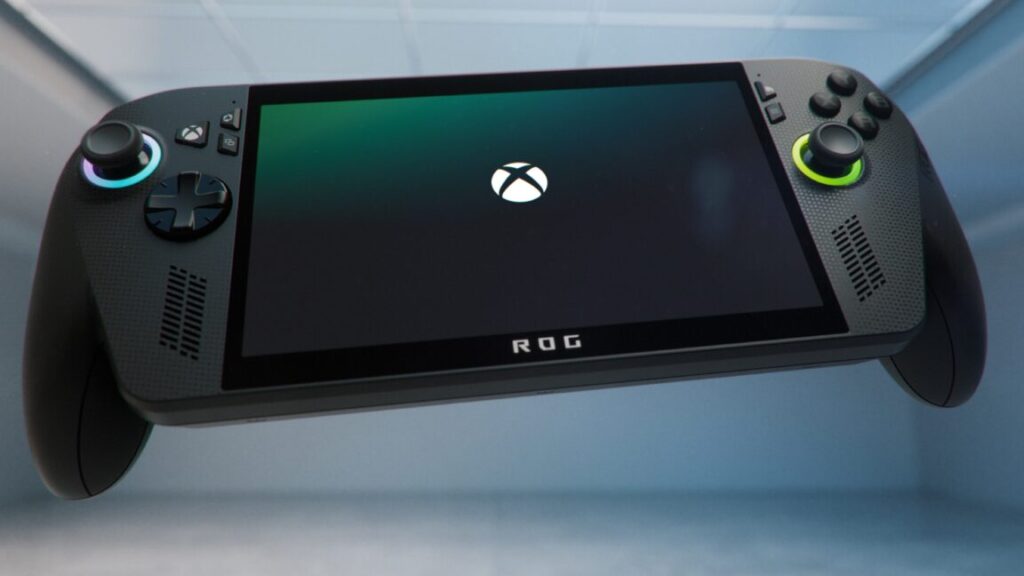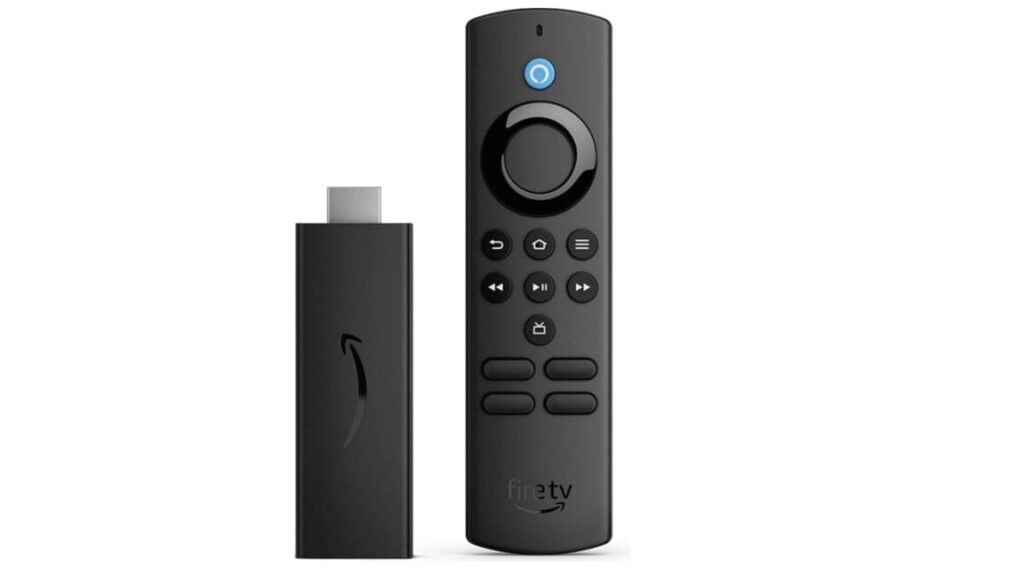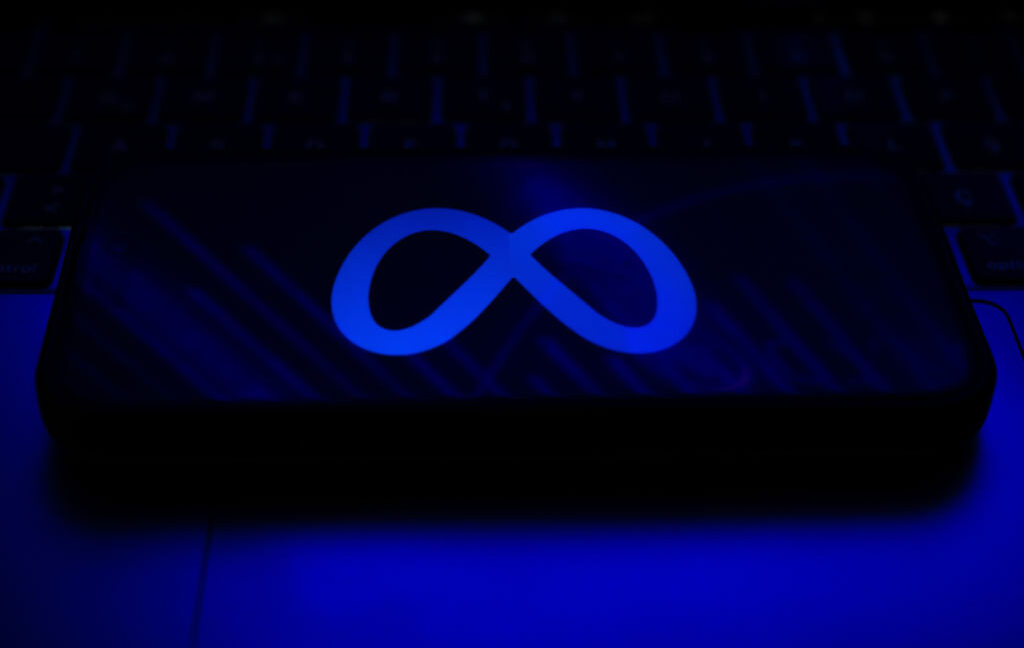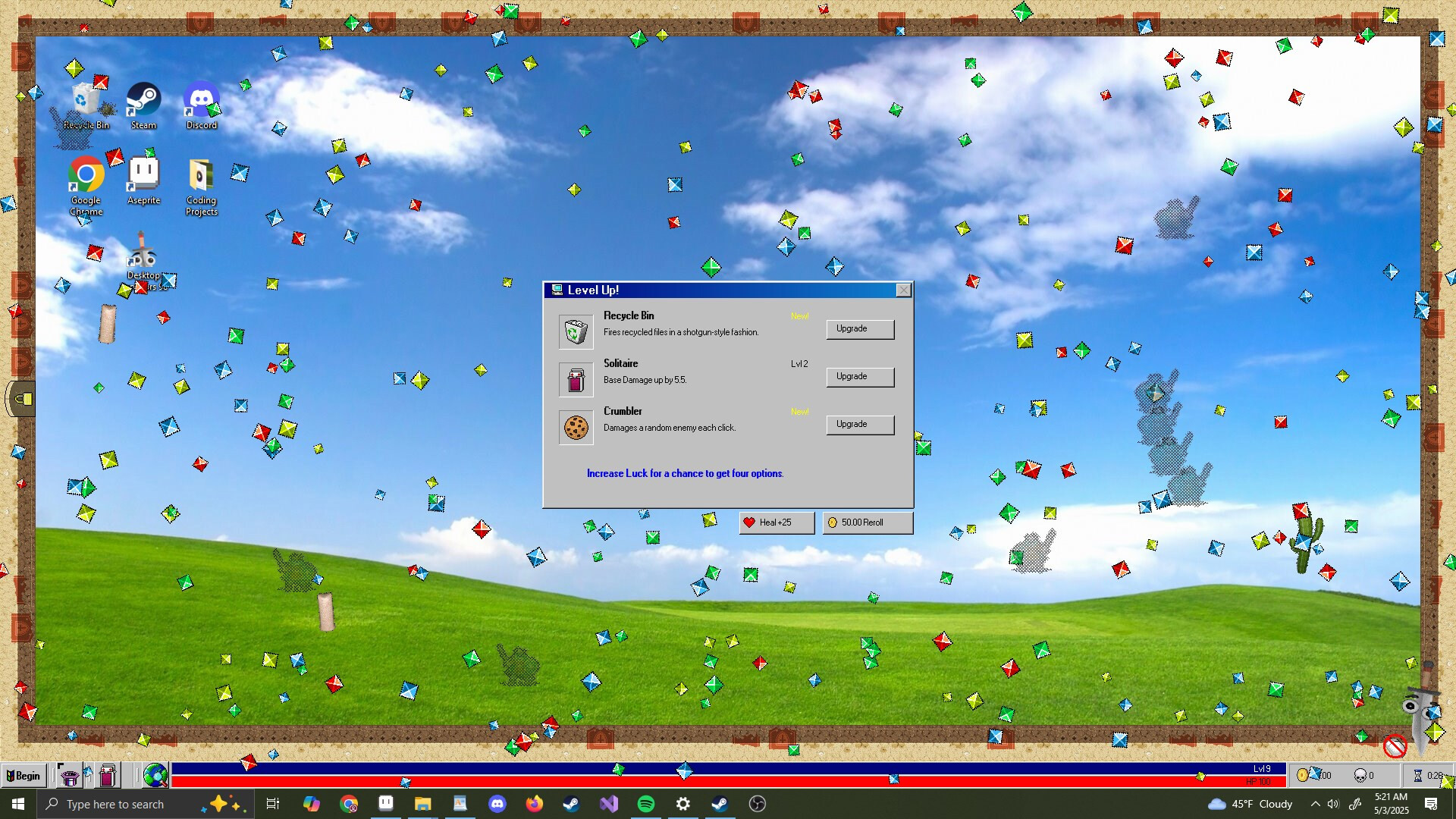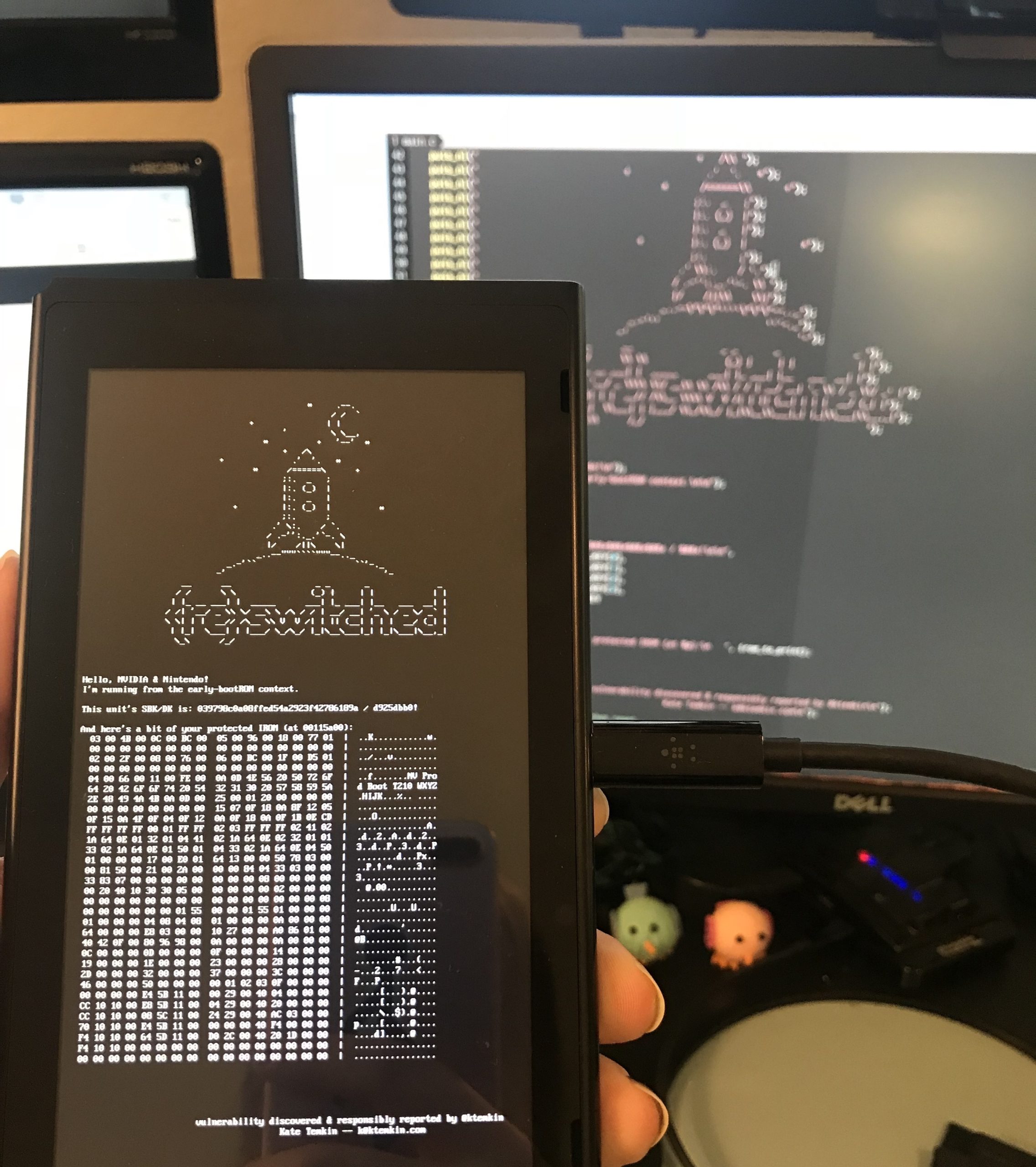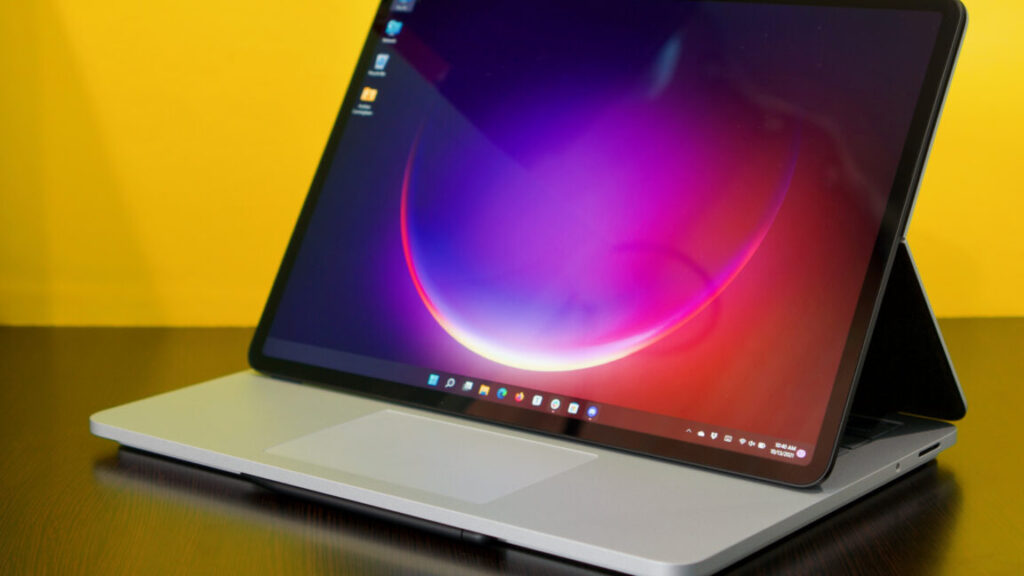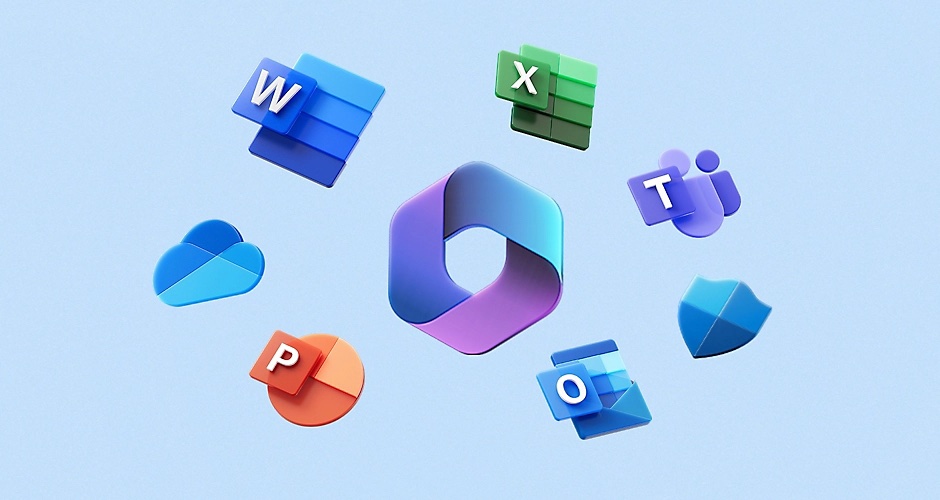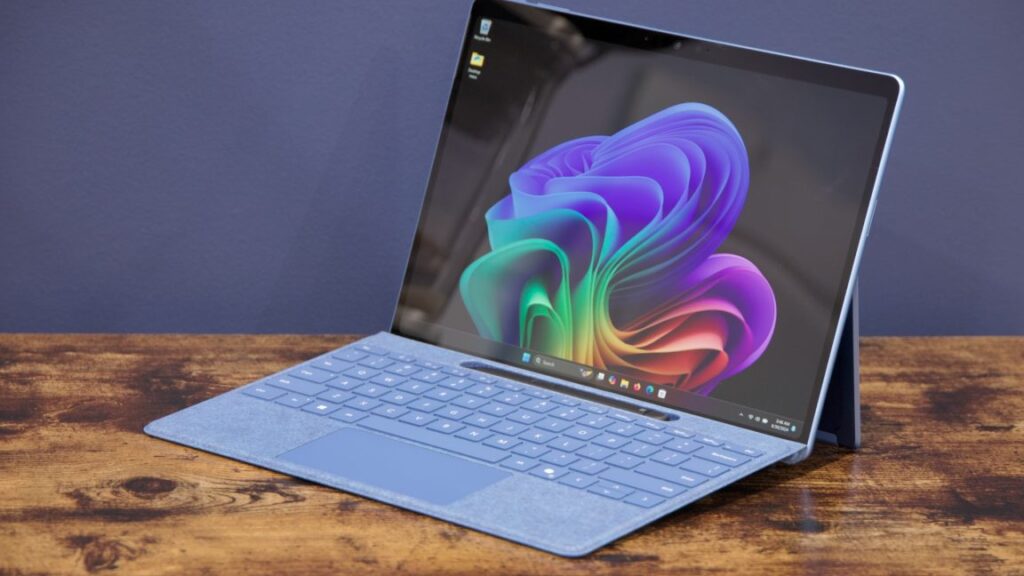OpenAI weighs “nuclear option” of antitrust complaint against Microsoft
OpenAI executives have discussed filing an antitrust complaint with US regulators against Microsoft, the company’s largest investor, The Wall Street Journal reported Monday, marking a dramatic escalation in tensions between the two long-term AI partners. OpenAI, which develops ChatGPT, has reportedly considered seeking a federal regulatory review of the terms of its contract with Microsoft for potential antitrust law violations, according to people familiar with the matter.
The potential antitrust complaint would likely argue that Microsoft is using its dominant position in cloud services and contractual leverage to suppress competition, according to insiders who described it as a “nuclear option,” the WSJ reports.
The move could unravel one of the most important business partnerships in the AI industry—a relationship that started with a $1 billion investment by Microsoft in 2019 and has grown to include billions more in funding, along with Microsoft’s exclusive rights to host OpenAI models on its Azure cloud platform.
The friction centers on OpenAI’s efforts to transition from its current nonprofit structure into a public benefit corporation, a conversion that needs Microsoft’s approval to complete. The two companies have not been able to agree on details after months of negotiations, sources told Reuters. OpenAI’s existing for-profit arm would become a Delaware-based public benefit corporation under the proposed restructuring.
The companies are discussing revising the terms of Microsoft’s investment, including the future equity stake it will hold in OpenAI. According to The Information, OpenAI wants Microsoft to hold a 33 percent stake in a restructured unit in exchange for foregoing rights to future profits. The AI company also wants to modify existing clauses that give Microsoft exclusive rights to host OpenAI models in its cloud.
OpenAI weighs “nuclear option” of antitrust complaint against Microsoft Read More »

